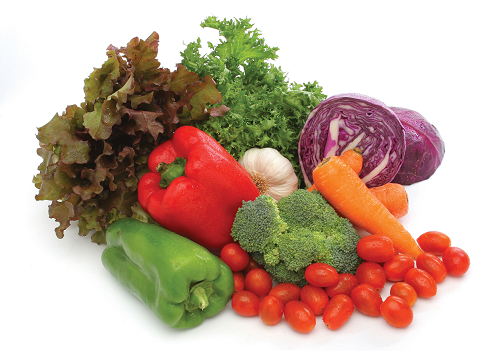Food Safety
 Every registered agrichemical that is intended for use on food crops will have a Maximum Residue Level (MRL) and an associated withholding period set for it (not to be confused with the re-entry period). This is the minimum permissible time between the last application of an agrichemical to a crop and harvesting for human consumption, or grazing by animals. The withholding period may also be known as the Pre-Harvest Interval (PHI).
Every registered agrichemical that is intended for use on food crops will have a Maximum Residue Level (MRL) and an associated withholding period set for it (not to be confused with the re-entry period). This is the minimum permissible time between the last application of an agrichemical to a crop and harvesting for human consumption, or grazing by animals. The withholding period may also be known as the Pre-Harvest Interval (PHI).
The withholding period allows sufficient time for the residue level of the chemical on the crop to drop to a level below its MRL. The withholding period is determined from chemical decay rates observed in actual, local field trials and compared with work overseas. Withholding periods assume you applied the agrichemical in accordance with the instructions on the label. The critical factors in ensuring that MRLs are not exceeded are:
- following withholding periods
- not applying agrichemicals at above label rates (e.g. by spraying areas twice or poor calibration).
 |
MRLs are different for different countries and different crops. You need to check the MRL for your market and determine the last date that a specific chemical can be used on product destined for that market.
Contact your industry organisation for details of PHIs and MRLs.
|